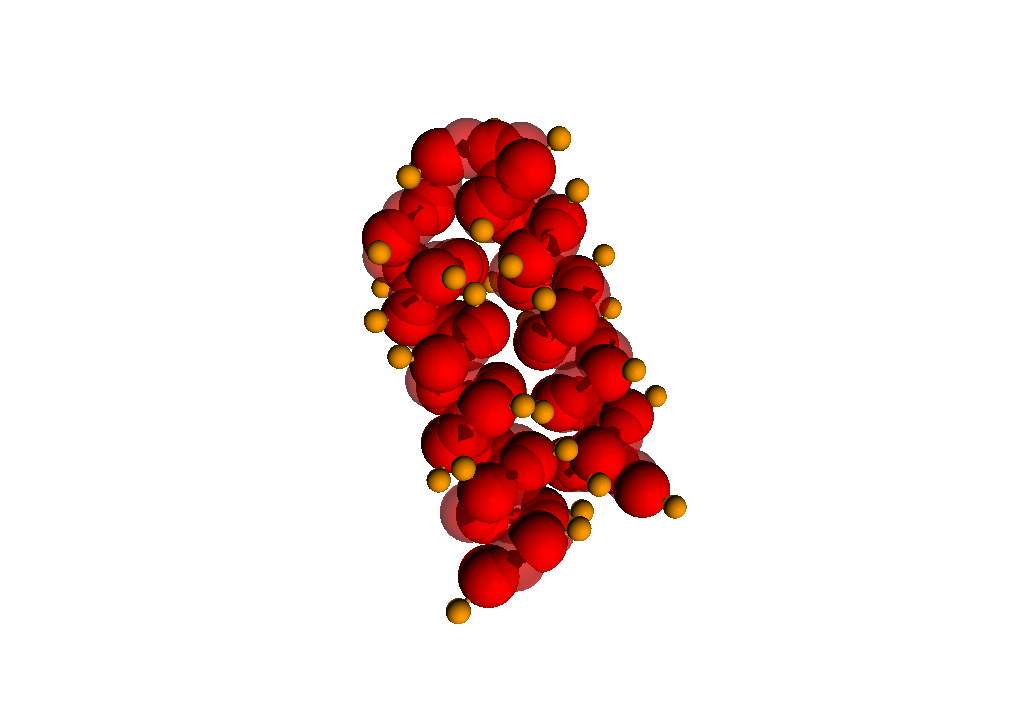Status
Completed
Period
5-19 March 2023
Applicant
Marco Spinaci
Home Institution
Dipartimento di Scienze Molecolari e Nanosistemi Università Ca’ Foscari Venezia
Host Contact
Prof. Ivan Coluzza
Host Institution
BCMaterials Basque center for materials, applications & nanostructures
Aim of the mission
In the Stastical Mechanics Group in Venice, we are currently working on the parametrization of an improved Coarse-Grained (CG) representation scheme for proteins that can accurately reproduce the geometric and thermodynamical properties of the two most common structural motifs (i.e., the alpha helices and the beta sheets). The starting point is the Škrbić’s model [1], and the final goal for which this
model was improved is to study the interaction between proteins and DNA on the same length scale as the DNA CG representation. Therefore we are developing and parametrizing the model in OxDNA software [2], a state-of-art code to simulate a CG representation of DNA or RNA. The aim of this STSM is to kick-start a project that will apply this improved model and a leading biopolymer models (e.g., the Caterpillar model [3]) developed within the network to study the design and folding of knotted proteins.
[1] T. Škrbić, T. X. Hoang, A. Maritan, J. R. Banavar, and A. Giacometti, Soft Matter 15, 5596 (2019).
[2] P. Šulc, F. Romano, T. E. Ouldridge, L. Rovigatti, J. P. K. Doye, and A. A. Louis, J. Chem. Phys. 137, 135101 (2012).
[3] I Coluzza, PloS ONE 9 112852 (2014).
Summary of the Results
The STSM lasted about ten days, during which I was introduced to the study of knotted proteins and to the theory of protein design. Furthermore, we addressed some initial questions, including the feasibility of the study in terms of the size and complexity of the systems that can be analysed, and how to introduce new features into the Coarse Grained (CG) model we are developing to study the
protein design. In order to study the design and folding of knotted proteins, we decided to work in parallel with the two CG models (i.e., the one I am developing and the Caterpillar model [1]). These two CG representations differently model the directional interactions, a key ingredient of protein folding. So the idea is to compare the results obtained from the two CG representations once I have implemented the new features in the model we are developing.
[1] I Coluzza, PloS ONE 9 112852 (2014).
Dissemination
The project connects two areas of expertise within the EUTOPIA network, currently spread over two countries (Spain and Italy), namely design of knotting polymers (Coluzza), and entropy-based biomimetic folding (Giacometti). The physical presence in the same place allowed for an effective response to the questions arising from this STSM, giving a boost to the progress made at the beginning of the study, and consolidating the bridge built by the previous visit of Prof. Coluzza to Venice. Indeed, I will spend another three months visiting Prof. Coluzza at the BCMaterials centre to continue working on this project.

